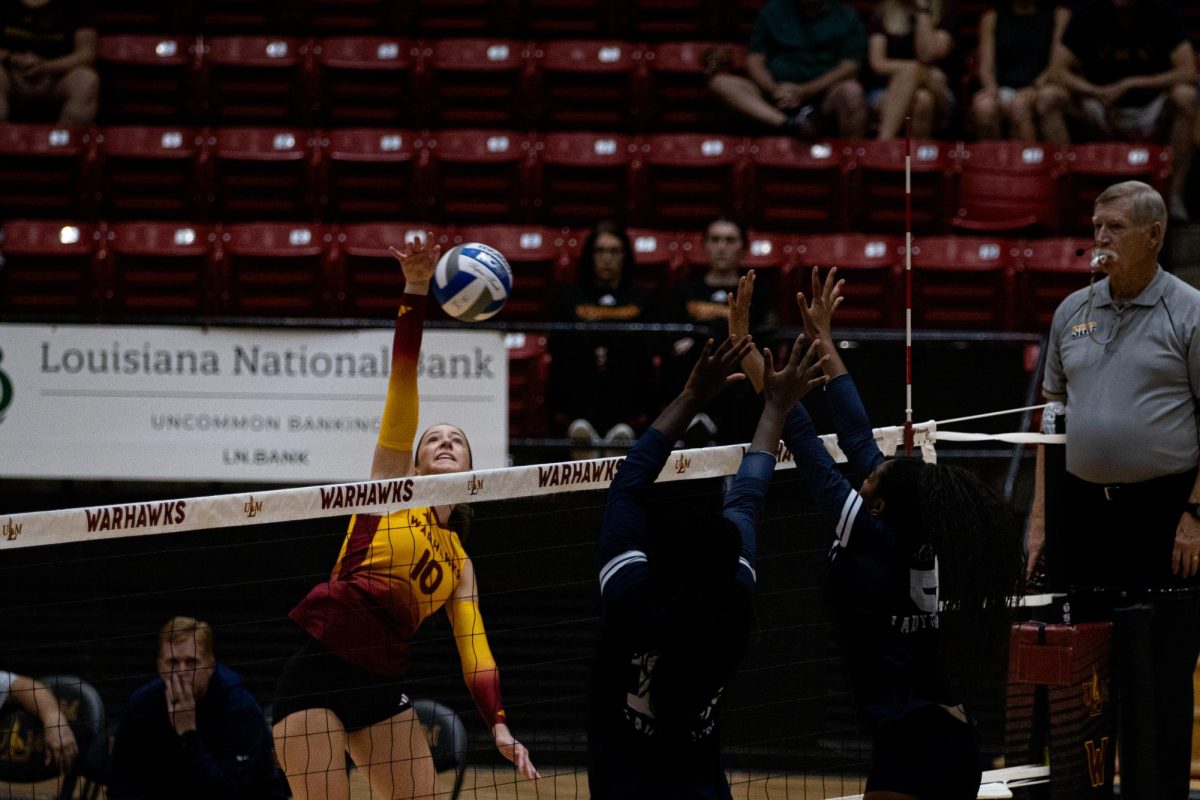As most of you know, in 1935, the country was in the midst of a depression; Germany was building up armaments; and LSU down in Baton Rouge had just received a tiger by the name of Mike the First.
However, up here in Monroe, on the campus of Louisiana State University – Northeast Center, the Indians, as they were called, stepped onto the wet and muddy field of Brown Stadium to play a game against Arkansas A&M. Nobody knew that the school would go on to become the best junior college in the nation.
Even though the school was a junior college, owned by LSU, it still wanted to prove itself on the gridiron, which it did by trouncing the Aggies that evening with a score of 31-0. That was just the beginning of a magical season in which the LSUNC Indians trekked their way towards a national championship.
The next game was against Henderson State Teachers’ College of Arkansas, beating them by a score of 13-0. The game was full of excitement as the Indians ran down the field twice, and forced many fumbles from the Reddies as they became a 2-0 school.
Third came a game against the College of Marshall from Texas, whom the Indians decided to beat by a score of 12-0. The game was fought hard at home, with a mostly running team scoring two touchdowns on the visiting Tigers from East Texas.
Next was a game against Arkansas State Teachers College, which we won by a score of 21-0. The Indians fought hard by gaining all three touchdowns on the ground, and began to show some interest in keeping their undefeated season alive. Frankie Bono, the star running back of the ’35 squad, ran for all three touchdowns.
The fifth game was against the Ouachita Eleven of Ouachita Baptist School in Arkansas. LSUNC was heavily favored in the game, and Bono ran in for the only touchdown during that game. It is stated in the annual that year that the Indians’ head coach, Jim Malone (yep, you guessed it right: the current stadium is named after him) gave credit to the linemen of the game, who made way for Frankie Bono’s touchdown run.
The last games were against Southeastern State College, Arkansas College, and Lon Morris College, where the Indians won by scores of 16-6, 75-0, and 6-0, respectively (No, that’s not a typo. The actual score was 75 to nothing. Eleven touchdowns were made).
What was the result of this magical season? Well, the Indians were crowned national champions for the 1935 season, but the success kept on coming. Wins over Tennessee-Martin by 59-0 in 1937, and Centenary College by 47-0 in 1940 were some major highlights for the Indians later in the first part of the 20th century.
The 8-0 record didn’t just stay at Northeast. Since the school was a junior college for LSU, many players moved on to the main campus in Baton Rouge. The following 2 years consisted of LSU posting a 9-1-1 record (which included a conference championship) in 1936 and a 9-2 record (with a second title) in 1937.
In my opinion, college football was a better sport in the 1930’s. You had teams play us like Texarkana College (who beat us 92-0, and is one of the reasons Jim Malone was hired as the coach), Pensacola Naval Air Station, and LSU (at least, their JV and freshmen teams; we never played the LSU varsity team until 2003).
This year is the 75th anniversary for the Indians’ first national championship squad, so next time you look at the scoreboard, just remember all the sweat that those guys put on the field… even if that field is now the parking lot for Sugar and Hanna Halls. But remember that they scored 75-0 in a game. That in its self is a reason to celebrate.
Happy 75th Anniversary, Indians.






